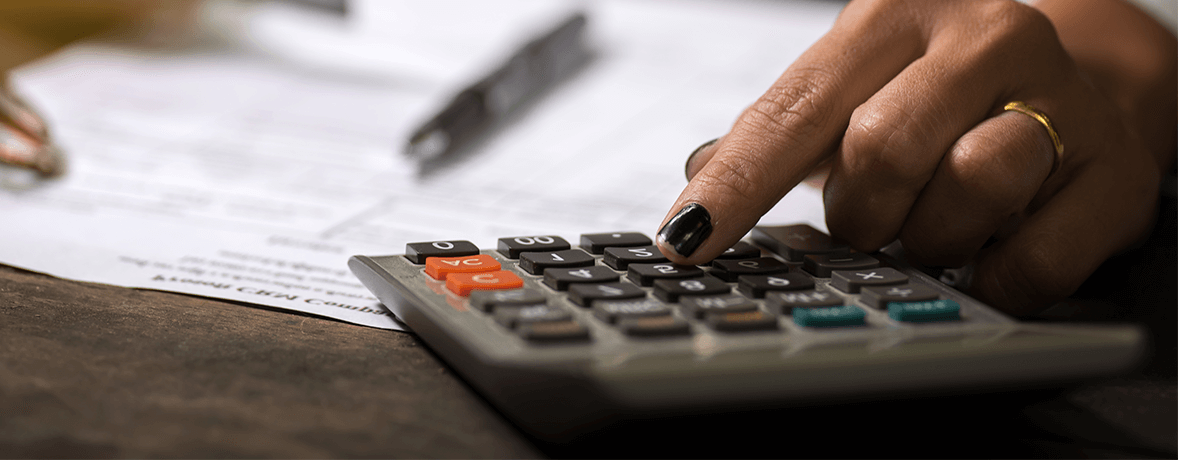We understand you have concerns about rising costs.
That’s why we are working to bring awareness to the current situation of increasing natural gas prices. Kansas Gas Service is here to help prepare you and let you know what you can do to minimize the impact.

Questions We’re Hearing About High Bills
-
Why is my bill so high?
Our customers’ bills are made up of a few components that determine how much they pay for our services each month. Currently, the largest charge relates to the cost of gas and is listed as such on our customers’ bills. In fact, natural gas prices are nearly 100% higher than a year ago. This increase is due to natural gas facing supply and demand issues. Ultimately, what our customers pay is what we pay for gas – it’s a passthrough cost.
-
What is your company doing to keep costs down?
We competitively bid for the natural gas we deliver to your home and manage our own expenses to keep natural gas bills as affordable as possible. While we do not set the price of gas, our purchasing strategy includes buying gas in the summer months, when prices are typically lower, and placing the gas in storage for winter usage.
-
What is causing the increase in natural gas prices?
When there is a higher demand for natural gas, there is typically a higher cost. Demand can fluctuate because of factors, including weather, economic conditions, and petroleum prices. Supply can fluctuate due to natural gas production, net imports and storage inventory.
Because demand has grown faster than supply can keep up with, coupled with the general state of the economy, war in Ukraine and extreme weather events, we see higher prices across the globe. These prices are not set by Kansas Gas Service, but we actively work with natural gas suppliers to find the best prices for our customers. The price we pay is what you pay with no markup.
-
Why are natural gas prices still climbing and gasoline costs falling?
According to the U.S. Energy Information Administration, high summer temperatures can impact natural gas prices due to the dependence of electricity providers on natural gas to power air conditioning in homes and businesses.
-
What makes up the Cost of Gas line on my bill?
The cost of gas (COG) reflects what we paid to purchase, store and transport natural gas from suppliers to your home or business. The amount is passed through without markup and we do not profit from this portion of your bill.
-
Are natural gas prices still going to rise in the winter?
According to the U.S. Energy Information Administration’s short-term outlook, natural gas pricing will remain high through the fall and winter of 2022-2023. As customers begin to use natural gas for heating their homes and businesses, natural gas usage will increase, which means demand will remain high. Prices will be sustained as the weather gets cooler.
-
What can I do to better manage my bill?
For more predictability in your monthly natural gas bill, you can enroll in our Average Payment Plan, which is based on a 12-month rolling average of your natural gas bill. This program is a way to reduce seasonal energy expenses by spreading the cost throughout the year. Customers can visit our Billing Options page to learn more and sign up.
Programs like the Average Payment Plan will offer more predictability in your monthly natural gas bill.
Customers experiencing financial hardship may qualify for assistance through several programs and community agencies.
Conserve Energy & Lower Your Bill
As colder weather approaches, now is the time to think of ways to reduce the amount of your bill. By conserving energy and taking advantage of our energy efficiency programs, you can minimize the impact on your bill.
- Have a qualified contractor inspect your heating and cooling equipment annually.
- Replace or clean your heater’s air filters.
- Seal off unused rooms to prevent unnecessary heating.
- Set the temperature on your water heater to 120 degrees F or the “warm” setting.
- Apply weatherstripping and caulk to seal gaps

